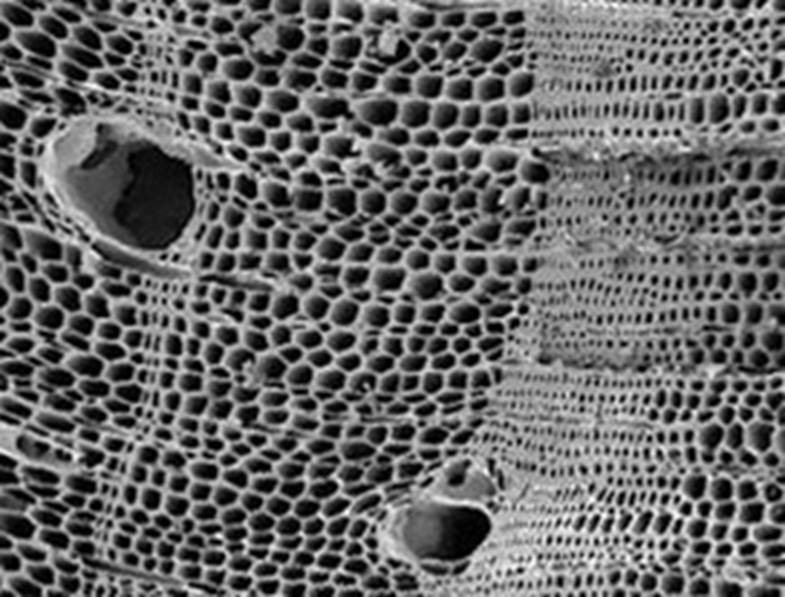Taking care of the environment and mitigating climate change
A long journey connecting dots from several different fields of knowledge and a strong drive for continuous improvement enable us to develop with our clients the best possible integrated solution to generate economic and environmental value from the residual (waste) biomass available in the organizational and local context with the objective of becoming more economically and environmentally sustainable and resilient.
Before selling technology provide the consultancy needed to develop an appropriate change management plan, an internal Biomass Audit that coupled with a full Energy Audit carried out by an Energy Service Company (EsCo) defines sustainable environmental and energetic efficiency objectives and a solid plan to achieve them.
Be part of the solution
Biomass lie to waste, what to do with it?
use it locally to reduce your energy bill, improve your soil and capture CO2
BioSyngas
Biochar
Biomass
Think of green waste, pruning and tree clippings from parks and gardens, secondary biomass from orchards and agriculture in general, and the great potential of Urban and PeriUrban Forests.



